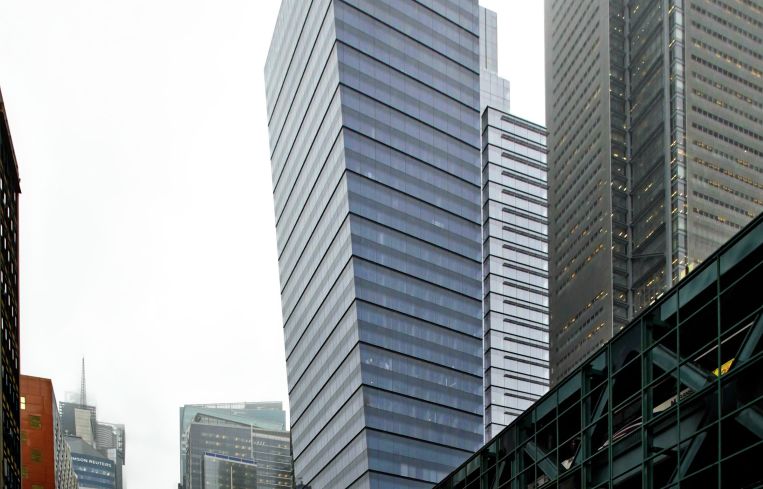Manhattan Retail Rents Continue to Slide Everywhere Except Times Square, Union Square
By Rebecca Baird-Remba July 12, 2018 3:47 pm
reprints
Manhattan retail rents are continuing to suffer as availability climbs along most of the borough’s major retail corridors, according to a new market report from Cushman & Wakefield provided to Commercial Observer.
Times Square, surprisingly, was the only submarket in Manhattan where rents increased year-over-year during the second quarter of 2018. Most of the borough’s retail corridors in contrast, continued to see decreases in rent. And the neighborhoods with the highest rents—Upper Fifth Avenue, Madison Avenue, Soho and Herald Square—saw the steepest drops.
Michael Azarian, a broker and senior director of retail services at C&W, said Times Square has been more stable than other retail markets in the city because it’s a major tourist destination and offers plenty of experiential retail, which pulls in more foot traffic than many traditional clothing-and-accessories shops.
The Times Square “Bowtie,” as the area around Broadway and Seventh Avenue between West 42nd and West 47th Streets is known, has seen average ground-floor asking rents tick up to $1,993 a square foot from $1,977.
“The experiential tenants that have been opening up over the last few years, like Lionsgate and NFL, continue to be a draw,” he said. Lionsgate Entertainment inked a deal to open up an attraction themed around Twilight, Hunger Games and Mad Men at 11 Times Square last fall, and the National Hockey League nailed down a 30,000-square-foot lease at 20 Times Square in 2016.
Union Square West and the Flatiron District, considered one market, were stable in the second quarter, with asking rents remaining at $421 a square foot—the same rate as the second quarter of 2017. The retail vacancy rate also dropped 3 percent year-over-year, suggesting that the area is in great demand.
Azarian noted that Midtown South has consistently had the lowest office vacancy rate in the city, and Union Square is a major, centrally located transit hub with a farmer’s market that draws a few thousand shoppers a day.
“It’s the complete intersection of hospitality, office, residential, plus having rents where retailers have been able to be successful,” he explained, noting that the residential market is also incredibly strong in the neighborhoods around Union Square. And there are hotels being built in Midtown South and the Garment District, he said, and tourists in those areas would naturally end up shopping on lower Fifth Avenue and along 14th Street.
The rest of Manhattan saw asking retail rents drop, with Upper Fifth Avenue from 49th to 60th Streets taking the largest hit. Average asking rents on the strip—which is the city’s most expensive—slid 18 percent year-over-year, to $2,694 from $3,295 a square foot. The number of available spaces also increased 1.4 percent in that timeframe.
“Those markets got out of control over the last five years,” Azarian said. “They’re still going through stabilizing forces as they absorb the availability that’s out there.”


